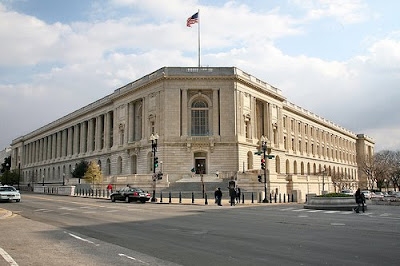 Photo by Lomo-Cam via Flickr, used under the Creative Commons License.
Photo by Lomo-Cam via Flickr, used under the Creative Commons License.As we should, should we hold to that particular definition. But from my boundless perspective, and limited experience, a visionary is not necessarily a prophet or clairvoyant, but rather someone who can actually discern the truth of the present moment – a point of view requiring far more courage to express than any tale of potential future pleasantries. Visionaries who can discern reality are fewer in number than the prescient variety, and those with the courage to voice their views are fewer still, given the political price that must invariably be paid, because the reality of our culture -- and of our healthcare system, and of our profession -- is not always pretty, and definitely not as pretty as our conference and clinic brochures tend to proclaim.
Now do not misinterpret these words –- the underlying beauty of the naturopathic and holistic and integrative et al. philosophies and therapies is alive and well, and more than worthy of love and support. But we in our optimistic, energy-medicine, “hugs heal” mentality are often more than hesitant to take a long, hard look at our internal dysfunctions, dysfunctions that are an essential part of our very humanity rather than an unwanted and obnoxious uncle who has overstayed his welcome. We hold onto historical injuries that are no longer relevant. Our organizations avoid dealing with whispered dissent from their membership. Industry fails to note that their journal advertisements and promises of health are not that much different than those of the conventional brethren we condemn.
And why am I writing these words on this particular blog at this particular time? Because as an AANP board member and associate editor of your journals and adjunct faculty at one of your medical colleges, and especially as a non-ND, I believe your profession is at a crossroads, an adolescent-to-adulthood moment of your evolution when it is time to let go of the past and create a new future. And this shift cannot, and can never, occur without first making a difficult and objective assessment at what is real in the present.
So the next time one of your fellow professionals or employees or students or board members stands up and points out the pachyderm in the pad, see if you can refrain from withdrawing from the inevitable discomfort and instead take a long, hard look at the actual information being presented. You may well find that you have a bona fide visionary in the room.







